AO Edited
1722 Waggonway Project
A small museum dedicated to the ongoing archaeological works around what is likely Scotland's oldest railway.
Waggonways are a peculiar type of rail transport, consisting of wooden wheeled vehicles that are pulled by horses along a rail, most commonly made of metal, but occasionally of wood as well. The predecessor of the waggonway originated in mines of mainland Europe, but the type exemplified in Cockenzie was an English innovation from the 1600s.
By the next century, in 1722, the waggonway made its way north to Scotland. Coal mining in the town of Tranent was connected to the port and salt pans in Cockenzie by a waggonway built by the York Buildings Company. This waggonway’s wheels, wagons, and rails remained wooden until 1815, when the rails were upgraded to iron.
The waggonway had a long, prominent history, such as its function as a defensive line during the mid-18th century Battle of Prestonpans. James Paterson was also part of that history, as he is believed to have been the first casualty of a rail accident in the United Kingdom. He was a young boy in charge of the waggonway’s manual brake and was struck and killed by the wagon due to a brake malfunction.
After this historical run, the Cockenzie Waggonway was eventually abandoned, and its rediscovery in the 21st-century lead to the establishment of the 1722 Waggonway Project. The project carries out excavations of the waggonway rails and associated industrial installations, along with the museum that accompanies the waggonway history in Cockenzie, not far from the harbor that was once its terminus.
The museum incorporates scale models, showcasing areas such as the mines and waggonway across several decades and centuries, as well as displays related to the industries that were responsible for the transport being established. Tools used in the (as of late 2021) ongoing excavations, waste from glassmaking, and reproductions of offices and workshops of figures closely related to the waggonway complete the experience.
Know Before You Go
As a volunteer-run project, the museum opens sporadically on the weekends, it is recommended to check the website beforehand to verify if it will be open before your visit.
Plan Your Trip
The Atlas Obscura Podcast is Back!




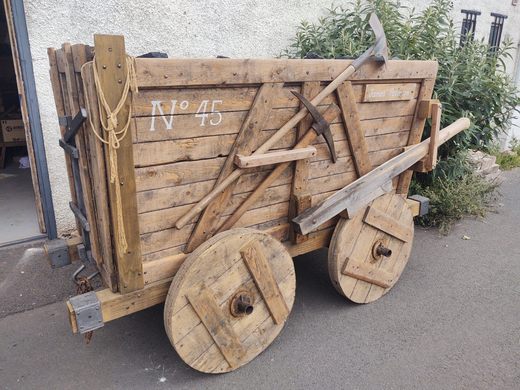
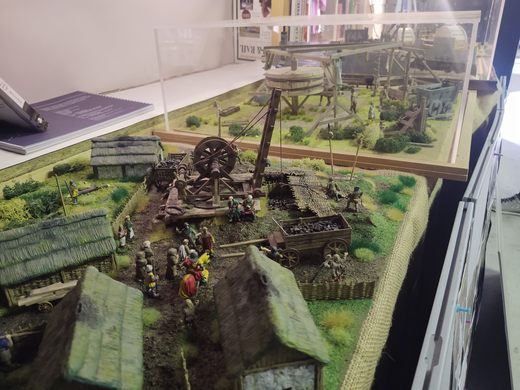
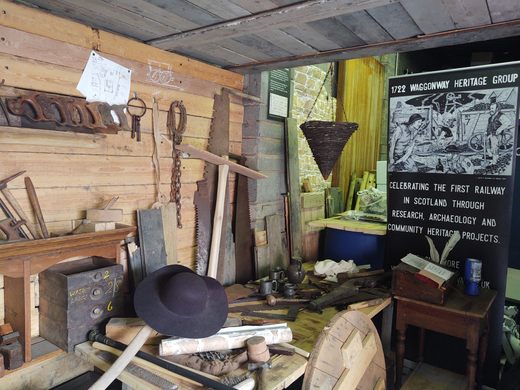


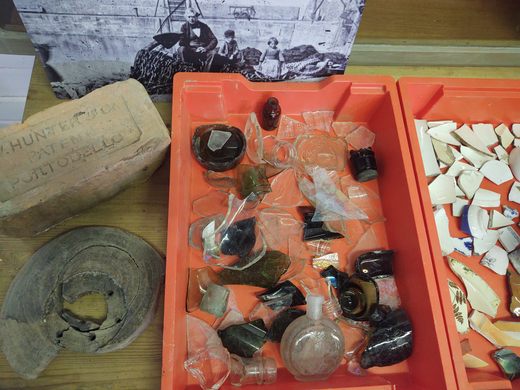


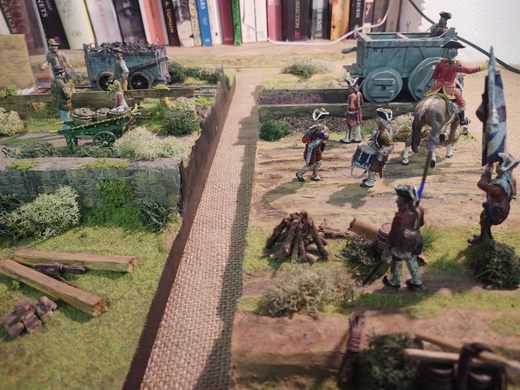
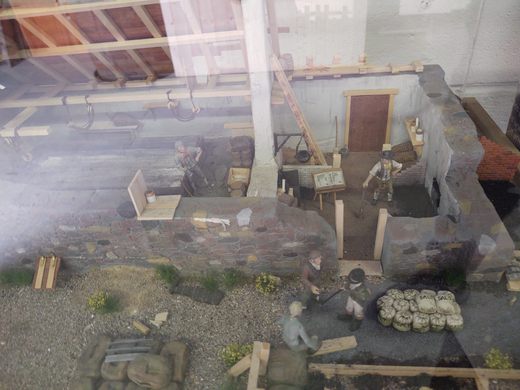



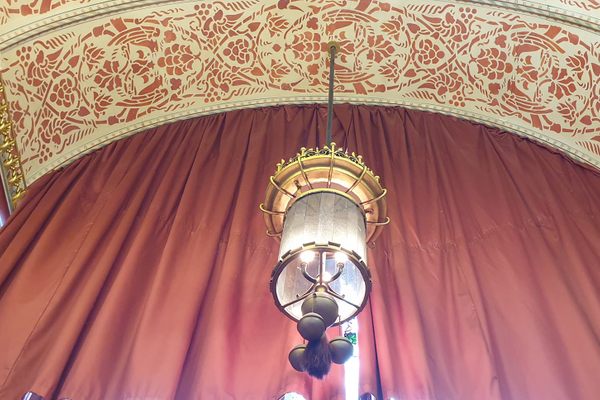
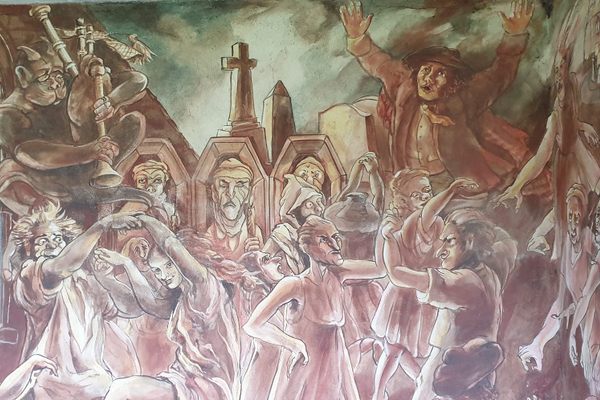

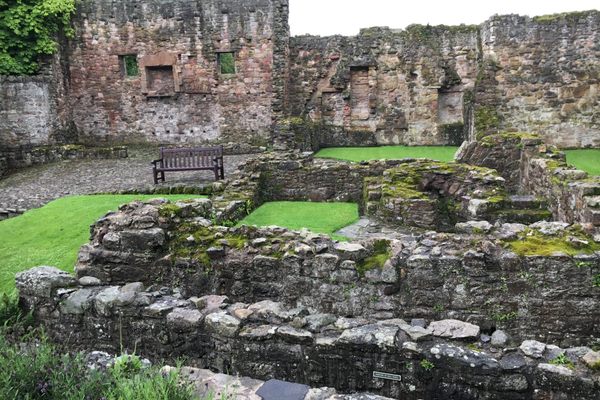

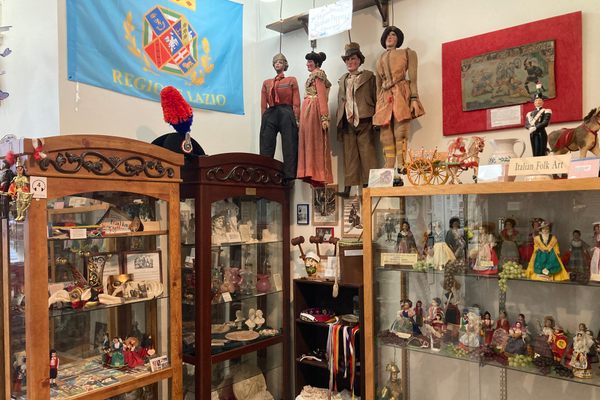



Follow us on Twitter to get the latest on the world's hidden wonders.
Like us on Facebook to get the latest on the world's hidden wonders.
Follow us on Twitter Like us on Facebook